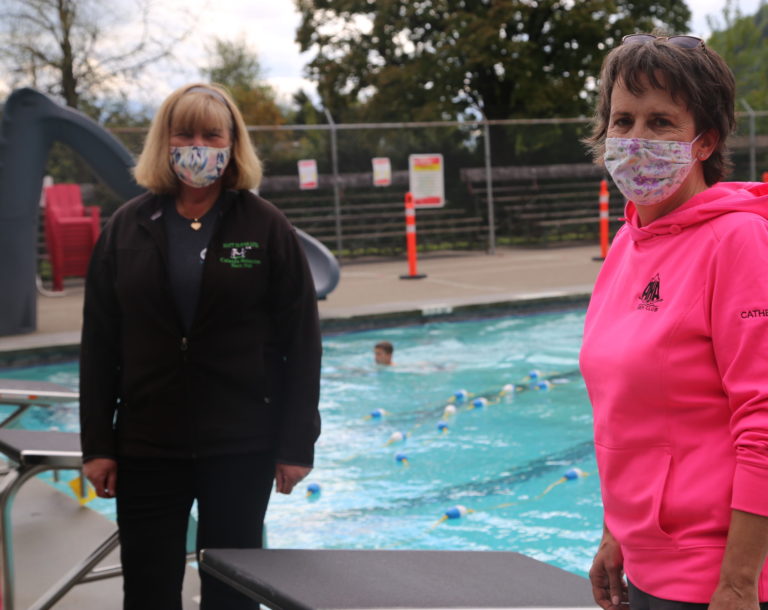Vancouver Coastal Health and Fraser Health launch RUHotEnuf.ca
Cooking and storing food to the correct temperature is an easy way to help prevent food-borne illness in the home. Yet few Lower Mainland residents bother to use thermometers to monitor either cooking or fridge temperatures in their kitchens.
To raise awareness of food safety at home, and to spread the message about the importance of thermometer use, Vancouver Coastal Health and Fraser Health are launching a new at-home food safety campaign and website today, www.RUHotEnuf.ca.
The website contains useful information about food safety. It also highlights the need for home cooks to use digital food thermometers and fridge thermometers regularly in their kitchens.
“One of the keys to food safety at home is using two types of thermometers – a digital food thermometer for cooking and a regular dial-type thermometer for your fridge,” said Dr. John Carsley, Medical Health Officer, VCH. “We know that few people bother to test for food doneness or check the temperature in their fridges, despite how important it is. Along with hand, food and utensil washing, temperature checks are really important in preventing food-borne illnesses at home.”
According to a recent survey conducted by VCH and Fraser Health, 86 per cent of respondents indicated they do not use thermometers to determine the doneness of either chicken or ground beef, and 80 per cent have never checked to determine if their fridges are cold enough.
“You can’t tell if food is cold enough by how cold it feels,” said Paul VanBuynder, Chief Medical Health Officer, Fraser Health. “Most harmful bacteria that cause food poisoning can not grow at temperatures of four degrees Celsius or less. Although most people use touch to determine that their food is cold, this is not an accurate measure.”
Cooking to temperature is most important when preparing ground beef or chicken. These food items should always be cooked to an internal temperature equal to or greater the 74-degrees Celsius (165-degrees Fahrenheit).
In your fridge, the risk of food poisoning is reduced if perishable foods are stored at a temperature equal to or less than four-degrees Celsius (40-degrees Fahrenheit). The added bonus: Colder temperatures extend the shelf-life of food, thereby reducing waste and saving money.
Both fridge and digital food thermometers are available at hardware stores as well as specialty cookware stores. They range in price from $15 for a basic tool to $129 for a deluxe Thermapen, a foodie-inspired version.
“A digital food thermometer is one of the indispensible tools in my kitchen,” said Chef David Robertson, Chef/Owner, The Dirty Apron Cooking School. ”It’s something we use here to ensure food safety and it’s a tool every home cook should have – and use — in their own kitchen.”
The RUHotEnuf website will be operation over the next year. It’s hoped the awareness-raising campaign will help reduce Lower Mainland residents’ incidents of food poisoning of which there are as many as several hundred thousand cases province-wide each year.
The RUHotEnuf project is a partnership between Vancouver Coastal Health and Fraser Health. The campaign is generously supported by the BC Dairy Foundation, the BC Centre for Disease Control, the BC Chicken Marketing Board, and Eat Smart BC.


